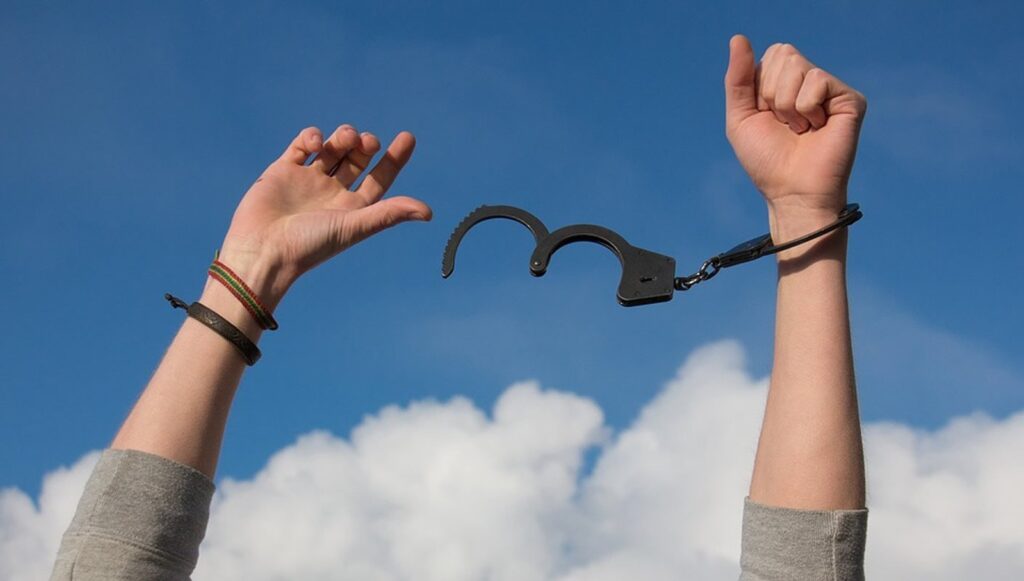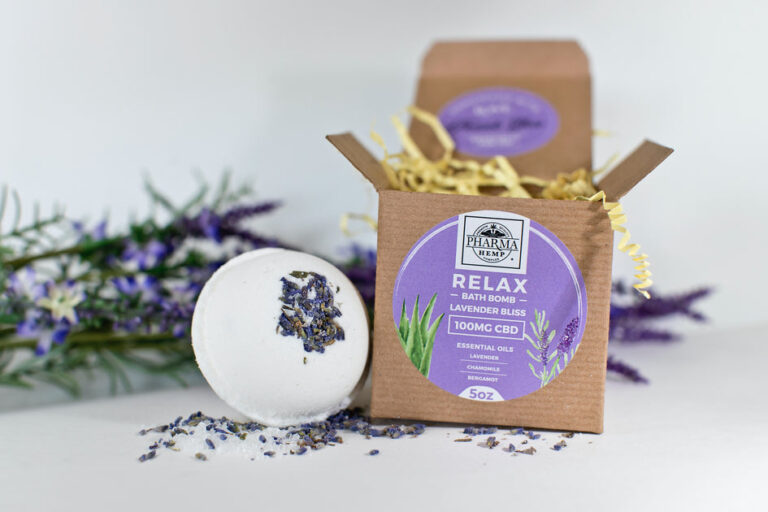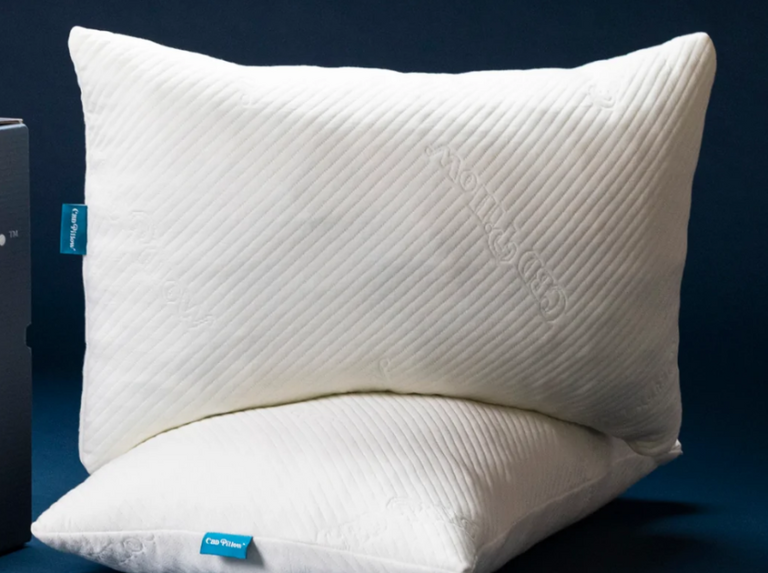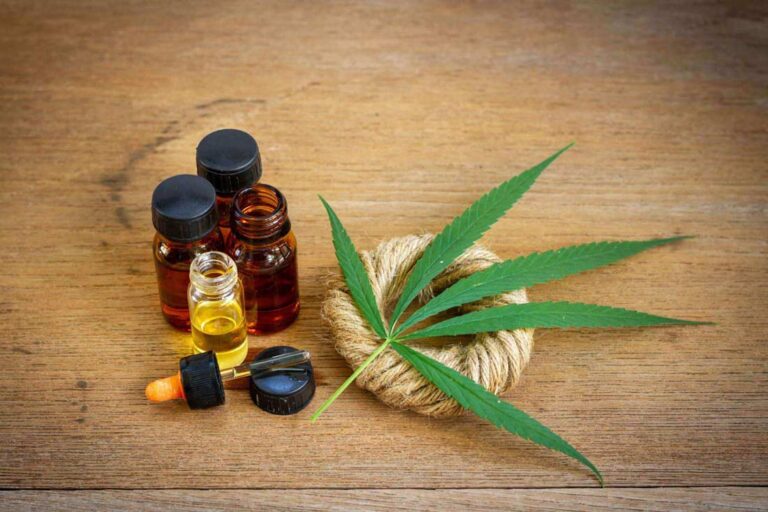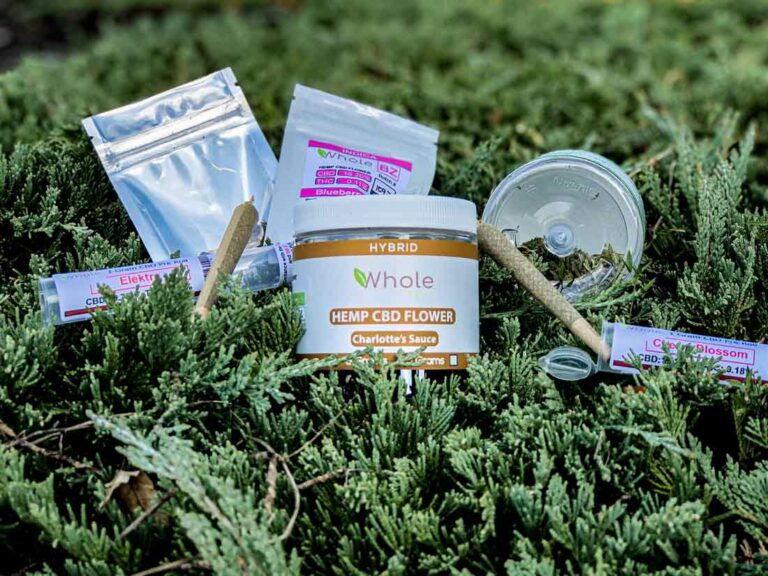Summary: Nabiximols, a cannabis-based medication, can effectively be used as a cannabis replacement therapy for those addicted to the substance.
Source: University of Sydney
An Australian study has demonstrated that cannabis-based medication helps tackle dependency on cannabis, one of the most widely used drugs globally.
A paper about the University of Sydney and NSW Health clinical trial provides the first strong evidence that so-called cannabinoid agonist medication – which targets receptors in the brain – could reduce the rate of relapse.
The paper published today in the American Medical Association’s JAMA Internal Medicine.
Lead author Conjoint Professor Nick Lintzeris – of the University of Sydney’s Faculty of Medicine and Health and Director of Drug & Alcohol Services, South East Sydney Local Health District – said the study should give hope to people with dependency on cannabis, which is a leading cause of drug treatment episodes in Australia.*
“We’ve never had the evidence before that medication can be effective in treating cannabis dependency – this is the first big study to show this is a safe and effective approach,” Professor Lintzeris said.
“The principles are very similar to nicotine replacement; you are providing patients with a medicine which is safer than the drug they’re already using, and linking this with medical and counseling support to help people address their illicit cannabis use.”
The cannabis concentrate, which comprises equal proportions of cannabidiol (CBD) and the psychoactive tetrahydrocannabinol (THC), is sprayed under the tongue and avoids the health impacts associated with smoking cannabis such as respiratory issues.
Nabiximols has been primarily used to treat pain symptoms associated with multiple sclerosis and is licensed in Australia. Alternative medical cannabis products exist but these are only available through special access schemes and unlike the trial medication, also require Therapeutic Goods Administration (TGA) approval.
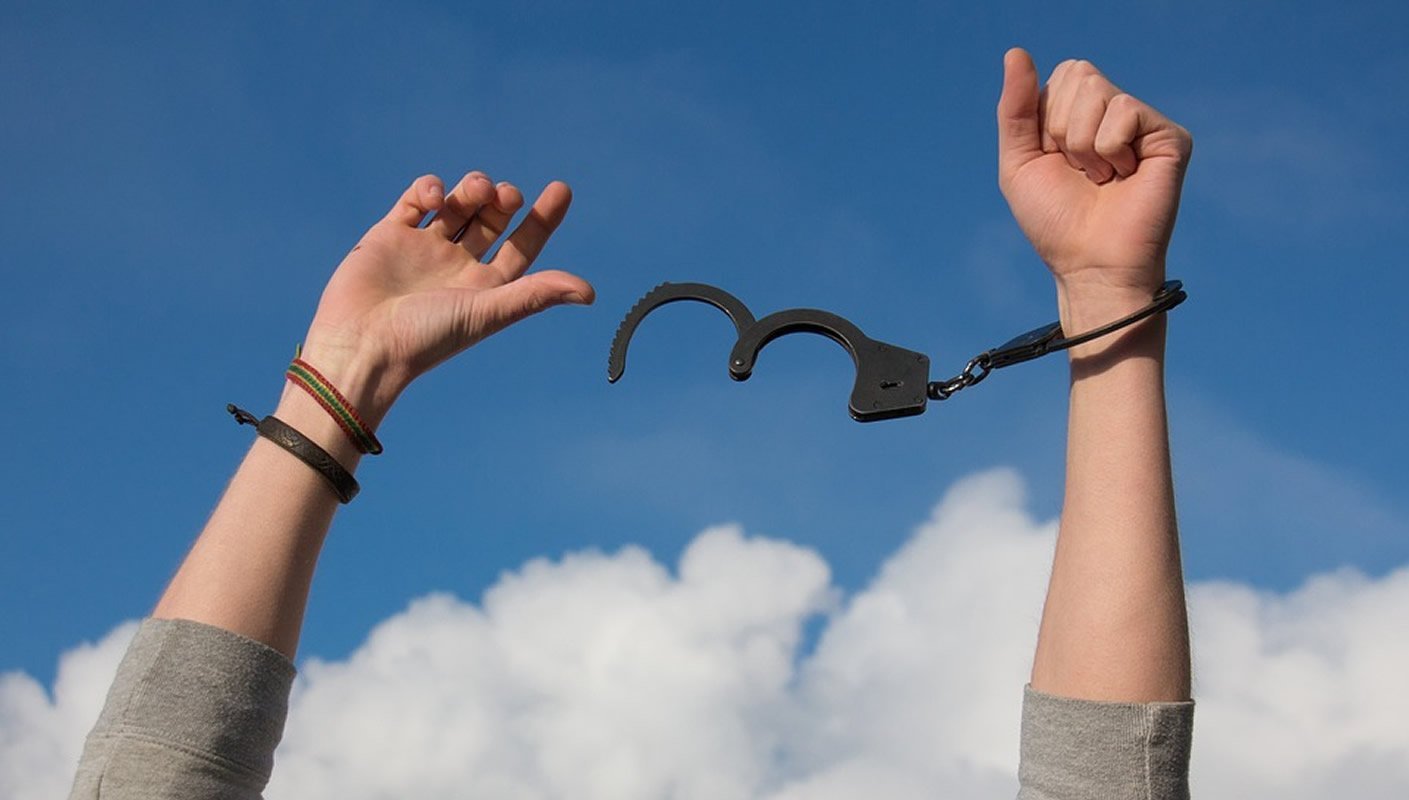
This large 12-week outpatient clinical trial of 128 participants taking nabiximols medication followed an earlier study by the same research team that had previously shown nabiximols reduce withdrawal symptoms in a short-term hospital treatment program. “The latest study published today is even more important in that it shows that nabiximols can be effective in helping patients achieve long term changes in their cannabis use,” Prof Lintzeris explains.
Co-author of the paper Professor Iain McGregor, the academic director of the University’s Lambert Initiative for Cannabinoid Therapeutics, noted: “Worldwide we are seeing medicinal cannabis patients transition away from the traditional smoked route of cannabis administration; this new study… complements this trend by showing that an oral spray can be an effective substitute for smoked cannabis in heavy recreational users seeking treatment for their cannabis use.”
Professor Lintzeris said an important element of this National Health and Medical Research Council-supported trial was that only cannabis users were recruited who had previously unsuccessfully tried to curb their use.
“Our study is an important step in addressing the lack of effective treatments – currently, four in five patients relapse to regular use within six months of medical or psychological interventions.”
Trial and medication snapshot:
- During the clinical trial, participants had an average dose of about 18 sprays a day, with each spray of 0.1mL comprising 2.7mg of THC and 2.5mg of CBD.
- Participants treated with nabiximols used significantly less illicit cannabis than patients randomly allocated to placebo medication.
- The medicine was combined with cognitive behavioural therapy (CBT) and other therapeutic support for a holistic approach.
- Health and behavioural benefits of cannabis replacement include that patients are taken out of their usual patterns of use.
- This first large outpatient randomised controlled trial of the cannabis extract medication noted suppression of withdrawal and cravings, with improvements in physical and psychological well-being.
About this neuroscience research article
Source:
University of Sydney
Media Contacts:
Vivienne Reiner – University of Sydney
Image Source:
The image is in the public domain.
Original Research: Open access
“Nabiximols for the Treatment of Cannabis Dependence: A Randomized Clinical Trial”. Nicholas Lintzeris, MBBS, PhD; Anjali Bhardwaj, PhD; Llewellyn Mills, PhD; Adrian Dunlop, MBBS, PhD; Jan Copeland, PhD; Iain McGregor, PhD; Raimondo Bruno, PhD; Jessica Gugusheff, PhD; Nghi Phung, MBBS, PhD; Mark Montebello, PhD; Therese Chan, BPharm; Adrienne Kirby, BSc(Hons); Michelle Hall, GradCertHlthSc; Meryem Jefferies, PhD; Jennifer Luksza, PhD; Marian Shanahan, PhD; Richard Kevin, PhD; David Allsop, PhD; for the Agonist Replacement for Cannabis Dependence (ARCD) study group.
JAMA Internal Medicine. doi:10.1001/jamainternmed.2019
Abstract
Nabiximols for the Treatment of Cannabis Dependence: A Randomized Clinical Trial
Importance
There are no effective medications for treating dependence on cannabis.
Objective
To examine the safety and efficacy of nabiximols in the treatment of patients with cannabis dependence.
Design, Setting, and Participants
This parallel double-blind randomized clinical trial comparing nabiximols with placebo in a 12-week, multisite outpatient study recruited participants from February 3, 2016, to June 14, 2017, at 4 outpatient specialist alcohol and drug treatment services in New South Wales, Australia. Participants had cannabis dependence (as defined by the International Statistical Classification of Diseases and Related Health Problems, Tenth Revision) and were seeking treatment, were nonresponsive to prior treatment attempts, were 18 to 64 years of age, had no other substance use disorder, had no severe medical or psychiatric conditions, were not pregnant, were not mandated by a court to undergo treatment, and provided informed consent. Results for primary efficacy measures and all secondary outcomes were obtained using a modified intention-to-treat data set.
Interventions
Participants received 12-week treatment involving weekly clinical reviews, structured counseling, and flexible medication doses—up to 32 sprays daily (tetrahydrocannabinol, 86.4 mg, and cannabidiol, 80 mg), dispensed weekly.
Main Outcomes and Measures
Primary outcome was self-reported number of days using illicit cannabis during the 12-week period. Other outcomes included alternate cannabis use parameters (periods of abstinence, withdrawal, cravings, and problems), safety parameters (adverse events and aberrant medication use), health status, other substance use, and treatment retention.
Results
A total of 128 participants (30 women and 98 men; mean [SD] age, 35.0 [10.9] years) were randomized and received at least 1 dose of study medication. Participants had used a mean (SD) of 2.3 (2.1) g of cannabis on a mean (SD) of 25.7 (4.5) days in the past 28 days. Treatment retention was comparable for the 2 groups (placebo, 30 of 67 participants [44.8%]; nabiximols, 30 of 61 participants [49.2%]), and both groups used similar mean (SD) doses (placebo, 18.5 [9.5] sprays daily; nabiximols, 17.6 [9.5] sprays daily, equivalent to a mean [SD] of 47.5 [25.7] mg of tetrahydrocannabinol and 44.0 [23.8] mg of cannabidiol). For the primary end point, the placebo group reported significantly more days using cannabis during the 12 weeks (mean [SD], 53.1 [33.0] days) than the nabiximols group (mean [SD], 35.0 [32.4] days; estimated difference, 18.6 days; 95% CI, 3.5-33.7 days; P = .02). Both groups showed comparable improvements in health status, with no substantial changes in other substance use. Medication was well tolerated with few adverse events.
Conclusions and Relevance
This study demonstrates that cannabinoid agonist treatment, in this case using nabiximols, in combination with psychosocial interventions is a safe approach for reducing cannabis use among individuals with cannabis dependence who are seeking treatment.
Trial Registration
anzctr.org.au Identifier: ACTRN12616000103460
Feel free to share this Addiction News.
Source: neurosciencenews.com
